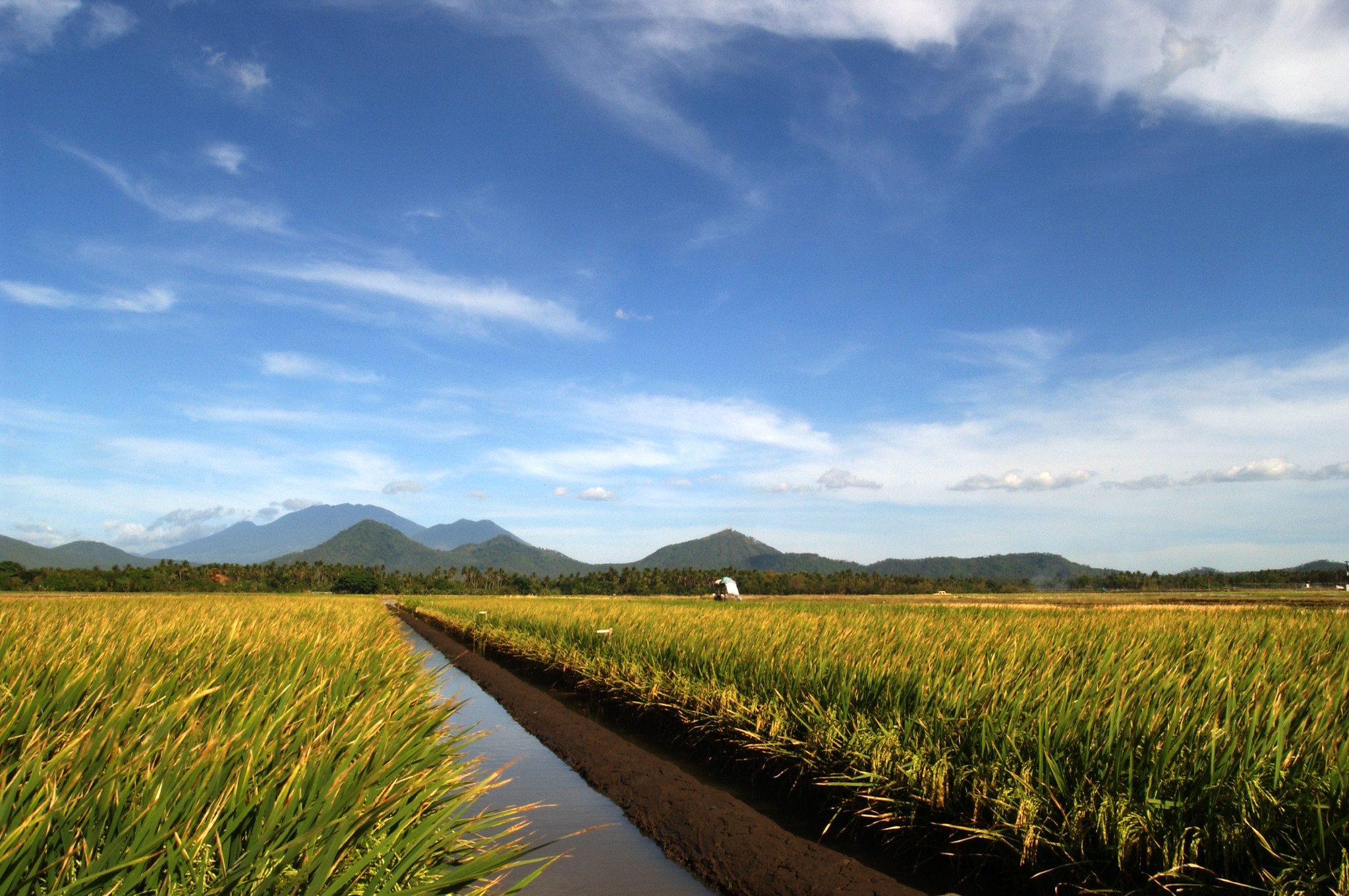
New Business Guidance equips companies to cut rice methane emissions
Actionable strategies to scale low-emission, sustainable rice value chains
Geneva, 31 October 2025 – Today, the World Business Council for Sustainable Development (WBCSD) launches new guidance titled ‘Cutting Rice Methane Emissions: Scalable Strategies for Business Action and Accountability. Developed in collaboration with the International Rice Research Institute, Anthesis Group, Ceres, and additional partners and members – with the support of the Global Methane Hub – this guidance is part of WBCSD’s Rice Methane Action Alliance (RMA). It provides practical strategies for companies to cut methane emissions from rice cultivation, aligned with the core outcomes and indicators for regenerative agriculture, which WBCSD led global business alignment on.

Rice Methane Emissions – An Urgent Climate Priority
Rice feeds more than half the global population, yet flooded rice fields are among the largest agricultural sources of methane, a greenhouse gas with 84 times the global warming potential of CO₂ over 20 years (IPCC AR6, 2023). Methane emissions from rice cultivation account for roughly 12% of global methane releases, primarily due to anaerobic decomposition of organic matter in flooded paddies. These emissions are influenced by several factors including water management practices, organic inputs, soil properties, climate, and rice varieties.
Methane is a highly potent greenhouse gas with a relatively short atmospheric lifespan of about nine years. This makes reducing methane emissions from rice-producing landscapes one of the most immediate and cost-effective opportunities for climate mitigation. Targeted action in this area can deliver rapid results while complementing longer-term strategies to reduce other greenhouse gases.